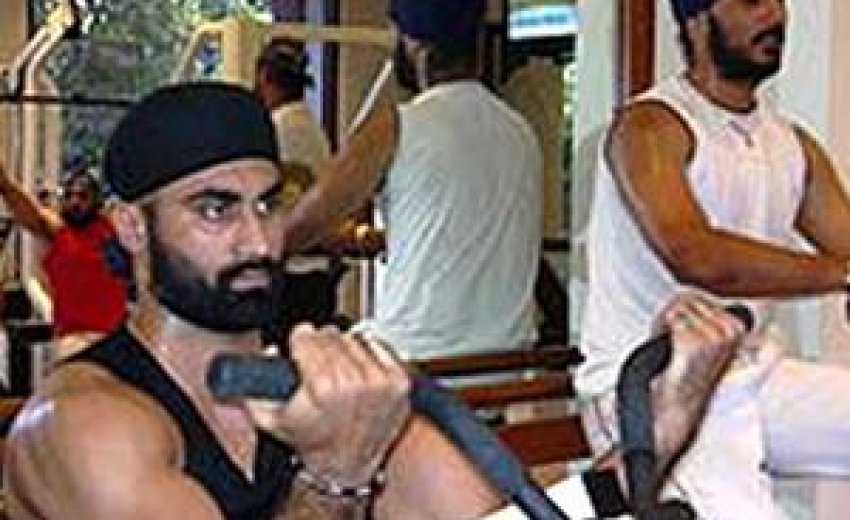 Chandigarh, Punjab: Just over a month after the
affidavit on to the definition of “Sehajdhari Sikh” raised controversy,
the Shiromani Gurdwara Prabandhak Committee (SGPC) today submitted an
additional affidavit to say anyone cutting or trimming his beard was
not a Sehajdhari.
Chandigarh, Punjab: Just over a month after the
affidavit on to the definition of “Sehajdhari Sikh” raised controversy,
the Shiromani Gurdwara Prabandhak Committee (SGPC) today submitted an
additional affidavit to say anyone cutting or trimming his beard was
not a Sehajdhari.
In the affidavit placed before a three-Judge Bench of the high court, the SGPC also drew a distinction between “patit”, “keshdhari” and “Sehajdhari” Sikhs.
Claiming that the affidavit contained the committee’s final stand, SGPC secretary Dalmegh Singh said Sehajdhari was one “who performs ceremonies according to Sikh rites, who does not use tobacco or kutha in any form, who is not a patit and who can recite mul mantar”.
The affidavit submitted through counsel Gurminder Singh added: Patit means a person, who being a keshdhari Sikh, trims or shaves his beard or keshas or who after taking amrit commits any one or more of the four kurahits.
Elaborating, the affidavit said: “Sehajdhari and patit are two separate entities. Any keshdhari who cuts/ trims his hair and beard is a patit. So, it is clear that a person who cuts/trims his beard/hair, although he might be performing his ceremonies like Sikhs, might not be using tobacco, kutha meat in any form and could recite mul mantar, cannot be a sehajdhari because he cuts/trims his hair and beard”.
As the hearing resumed before the full of Justice Jagdish Singh Khehar, Justice Jasbir Singh and Justice Ajay Kumar Mittal, Dalmegh Singh was present in the court.
Heading the Bench, Justice Khehar verbally made it clear the only question before the Bench was how important the hair issue was for admissions in educational institutions of the Sikhs.
Senior Supreme Court counsel HS Phulka, appearing for the Delhi Sikh Gurdwara Management Committee, commenced the argument with submission on the jurisdiction of the court to go into the definition of the Sikh, and whether the Sikh Gurdwara Act contained a valid classification.
Justice Khehar interjected to remind the counsel that the court was not concerned with the totality of the Sikh religion but only with the significance of the body hair and if it is just important or very important to the Sikhs.
The counsel submitted an impression had been given as if the court was defining the faith and that the scope of the main petition had been enlarged. After taking on record the additional affidavit and hearing arguments of Delhi Sikh Gurdwara Management Committee, the Bench adjourned the hearing to February 20.
